
There is enough brownfield land for 1.3 million new homes and over half a million already have planning permission, a new report form CPRE, the countryside charity, has revealed.
|
Thursday, 22 October 2020 10:36

There is enough brownfield land for 1.3 million new homes and over half a million already have planning permission, a new report form CPRE, the countryside charity, has revealed.
|
 Ten arrested for drugs offences following warrants in Chester
Ten arrested for drugs offences following warrants in Chester
Officers investigating the supply of illegal drugs in Chester have now charged 10 people following a series of warrants.
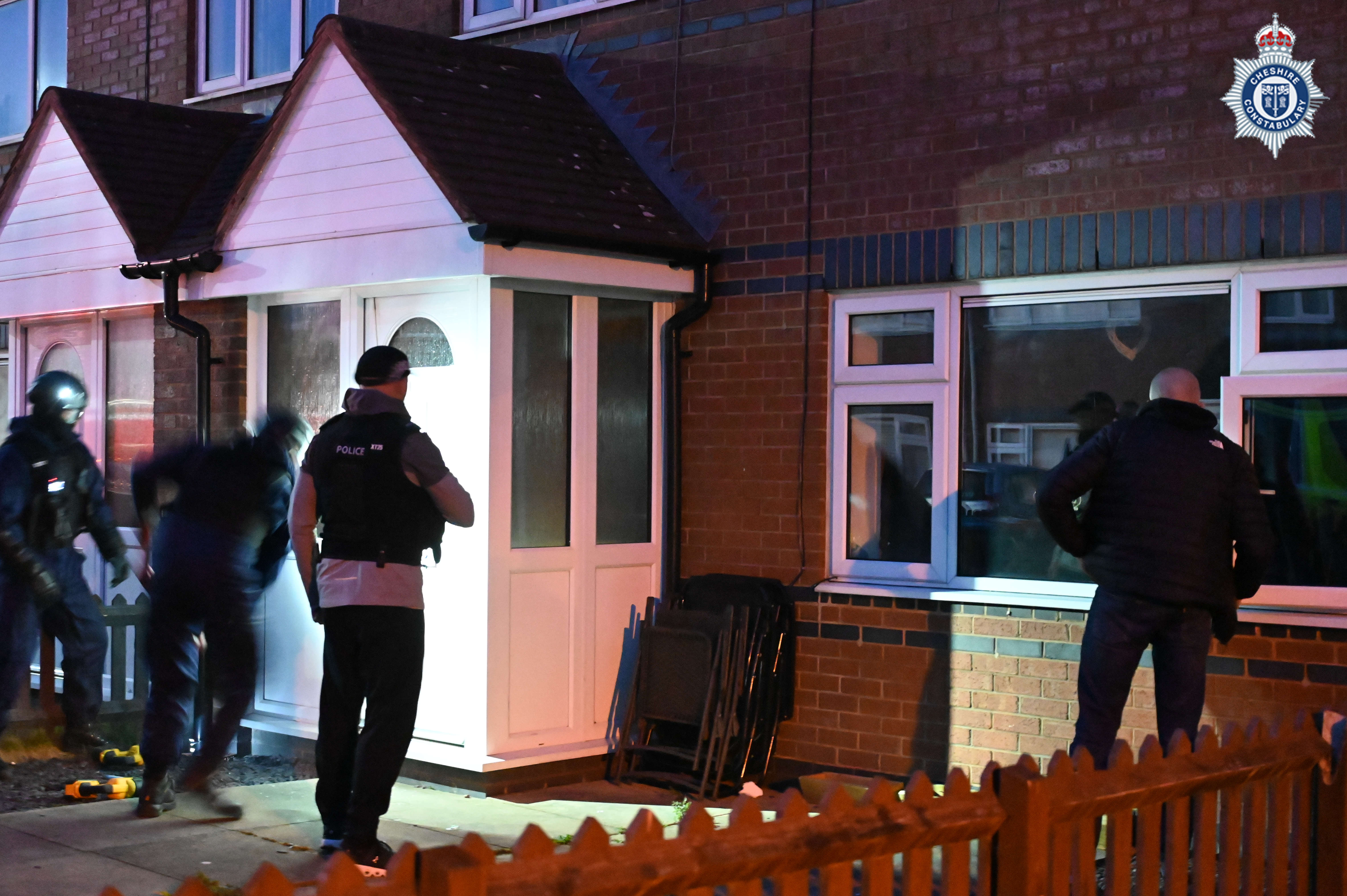 Ten arrested for drugs offences following warrants in Chester
Ten arrested for drugs offences following warrants in Chester
Officers investigating the supply of illegal drugs in Chester have arrested 10 people following a series of warrants.
 Suspended prison sentence and indefinite ban for Cheshire man who abused his dog
Suspended prison sentence and indefinite ban for Cheshire man who abused his dog
A man from Ellesmere Port who physically abused a French Bulldog, who died on the floor of his bathroom, has been given a suspended prison sentence and banned from keeping animals indefinitely.
 Recovered Stolen Items
Recovered Stolen Items
North Wales Police has successfully recovered what are believed to be a number of stolen items.
 Man charged in relation to courier fraud
Man charged in relation to courier fraud
Officers investigating a report of courier fraud in Cheshire have charged a man in relation to the incident.
 Police to target criminal use of Cheshire’s roads
Police to target criminal use of Cheshire’s roads
Cheshire Constabulary is supporting a national operation aimed at addressing the Fatal 5 and reducing criminality on the roads.
 Appeal for help in tracing wanted Ellesmere Port man
Appeal for help in tracing wanted Ellesmere Port man
Police are appealing for help in tracing a wanted man in Ellesmere Port.
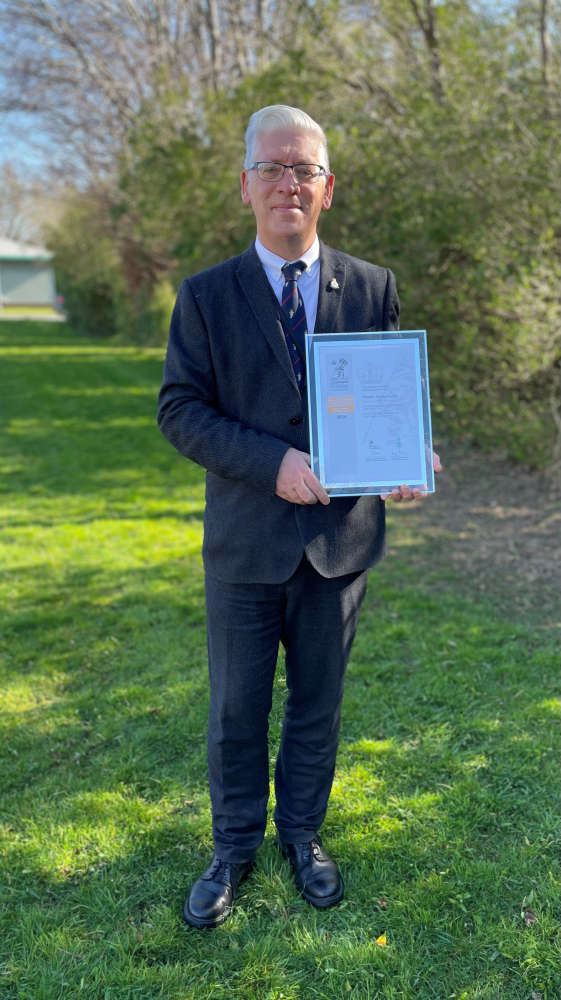 Council awarded Gold Armed Forces Award
Council awarded Gold Armed Forces Award
Flintshire County Council has successfully been re-awarded the Gold Award under the MOD's Gold Employer Recognition Scheme (ERS) for its outstanding support to the Armed Forces community.
 Appeal for footage and witnesses following collision in Delamere
Appeal for footage and witnesses following collision in Delamere
Officers are appealing for information and footage from the public, following a serious collision in Delamere.
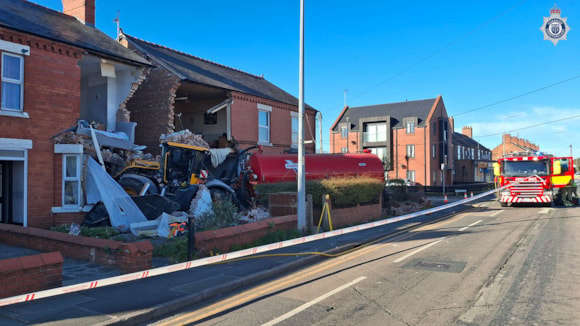 Appeal for information following serious collision in Chester
Appeal for information following serious collision in Chester
Police are continuing to appeal for witnesses and video footage after a tractor collided with two houses in Chester.
 Your chance to get involved in police scrutiny meetings
Your chance to get involved in police scrutiny meetings
Dan Price, Cheshire Police and Crime Commissioner and public voice in policing is asking you to get involved in his public scrutiny meetings with the Chief Constable.
 New Events at Jodrell Bank
New Events at Jodrell Bank
Here's the latest details about what's on at Jodrell Bank...
 Inspiring Futures at The Queen’s School
Inspiring Futures at The Queen’s School
The Queen’s School hosted a dynamic Careers Fair at Chester Racecourse recently, offering students insight into diverse industries.
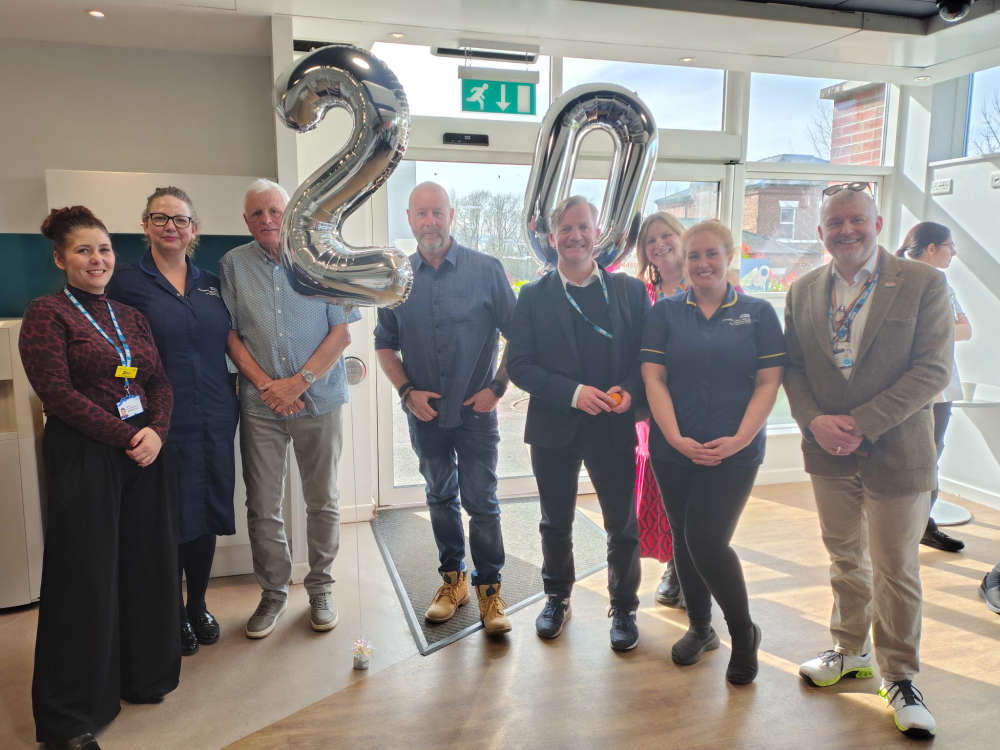 Bowmere Hospital celebrates 20 years of mental health care
Bowmere Hospital celebrates 20 years of mental health care
Bowmere Hospital, part of Cheshire and Wirral Partnership NHS Foundation Trust, marked its 20th anniversary recently.
 Man charged with burglary and drug offences following Chester police stop check
Man charged with burglary and drug offences following Chester police stop check
A man has been charged with burglary and drugs offences following a stop check by officers in Chester.
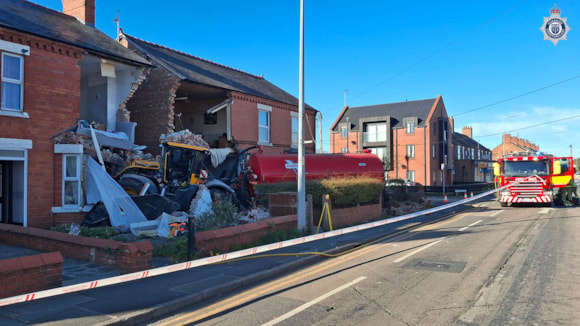 Vicars Cross Road closed following collision in Chester
Vicars Cross Road closed following collision in Chester
The A51 in Chester is currently closed in both directions following a collision at the junction of Pearl Lane.
 Man jailed for controlling and coercive behaviour and assault
Man jailed for controlling and coercive behaviour and assault
A man has been jailed for controlling and abusing a woman in Ellesmere Port.
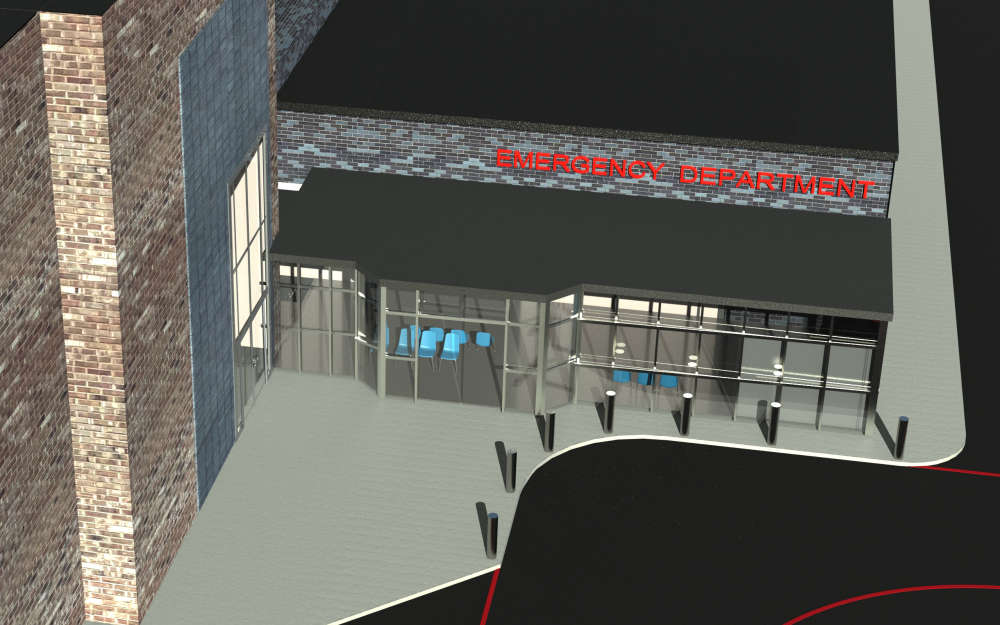 Plan unveiled to transform and improve emergency care at Countess of Chester Hospital
Plan unveiled to transform and improve emergency care at Countess of Chester Hospital
A new £7.5 million plan to bring down waiting times and improve patient experiences of emergency care at the Countess of Chester Hospital has been revealed today.
 Chester & Wirral Football League - Weekend Round Up
Chester & Wirral Football League - Weekend Round Up
Here are the latest results for the Chester & Wirral Football League...
 Ladbrokes returns to Chester Racecourse
Ladbrokes returns to Chester Racecourse
Chester Racecourse has announced a landmark three-year partnership with Ladbrokes, marking a strategic strengthening of the bookmaker’s horseracing sponsorship portfolio.
Comments
Add a comment